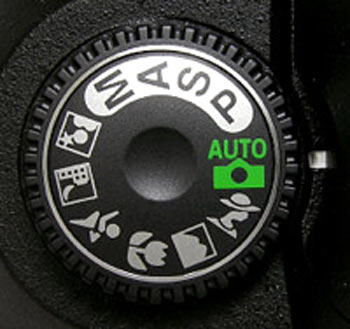
In the last decade a major trend in the world of cameras has been a relentless reduction in size. Digital cameras have become smaller and slimmer and the same goes for camera-enabled mobile phones which have become increasingly sophisticated.
Convenient as these cameras are however, they can't really produce the same quality of pictures as the old-fashioned bulky SLR (single-lens reflex) cameras with interchangeable lenses.
Fortunately in the last five years or so, digital SLR cameras have become one of the fastest growing segments of the camera market and the models have been getting both cheaper and better.
What is an SLR camera?
SLR stands for single-lens reflex: so named because of a mirror behind the lens which reflects light to the viewfinder when you compose photos.
When you release the shutter the mirror swings out of the way, allowing the light from the lens to hit the sensor.
Unlike a fixed lens, point-and-shoot camera an SLR allows you to change the lens depending on the type of photo you take.
A digital SLR is simply a digital version of an SLR camera and as with other digital cameras you can view your photos instantly and store them as files on a memory card or computer.

SLR cameras provide a better image quality particularly in low light conditions where ordinary digicams will often produce significant image noise.
SLRs also have a higher dynamic range meaning that they can record details in both the light and dark portions of the image.
They are also faster than ordinary digicams meaning less time to start up and focus and less time between shots. This makes them much better for shooting any fast-moving action like a sports game.
Interchangeable lenses make SLRs a lot more flexible allowing you to switch lenses according to the situation.
For example you can use a zoom lens to shoot far-away subjects like wildlife, a macro lens for close-up photography and a wide-angle lens for landscape shots. SLRs also have a wider range of accessories like flashes and remote controls.
Finally an SLR offers you more control over the shot allowing you to adjust the aperture and shutter speed and a lot of other variables.

The obvious limitation is bulk; compared to a point-and-shoot which often fits into your pocket an SLR is much bigger and heavier. SLRs are also more expensive with prices starting from around Rs 25,000 to Rs 30,000 which are similar to the most expensive point-and-shoots digital cameras.
Additional lenses come with a starting price of Rs 5,000 to Rs 10,000 and many times that amount for superior lenses with advanced features.
There are also compatibility problems with lenses.
For example Canon lenses don't work on Nikon cameras and vice-versa. This means that you can get locked into a particularly system since switching to another SLR brand means your existing lenses no longer work.
Another limitation is complexity. While SLRs have automatic modes for beginners, it requires a fair amount of effort to get the best out of them. They are best suited to people who want to pursue photography as a serious hobby rather than just taking casual snaps.

When it comes to availability, the two leaders in the digital SLR segment, Canon and Nikon, both have a strong presence in India with a range of models and lenses for sale at roughly similar prices. Sony and Olympus also sell digital SLR cameras in India.
Make sure you check the availability and price of the lenses before investing in a camera.
Try to figure out what kind of lenses you might want to buy in the next few years. If this seems daunting don't worry too much, ultimately you won't go far wrong in choosing either Canon or Nikon.
It's useful to handle the model before buying since the feel of a camera in your hands is an important part of the shooting experience. Check out the controls and buttons to make sure the interface is easy to use. Models are widely available in company showrooms as well as electronics stores.
Finally with a major purchase like an SLR it always makes sense to read reviews before buying. There are several excellent Web sites like DP Review (https://www.dpreview.com/) which publish detailed reviews with sample photos.